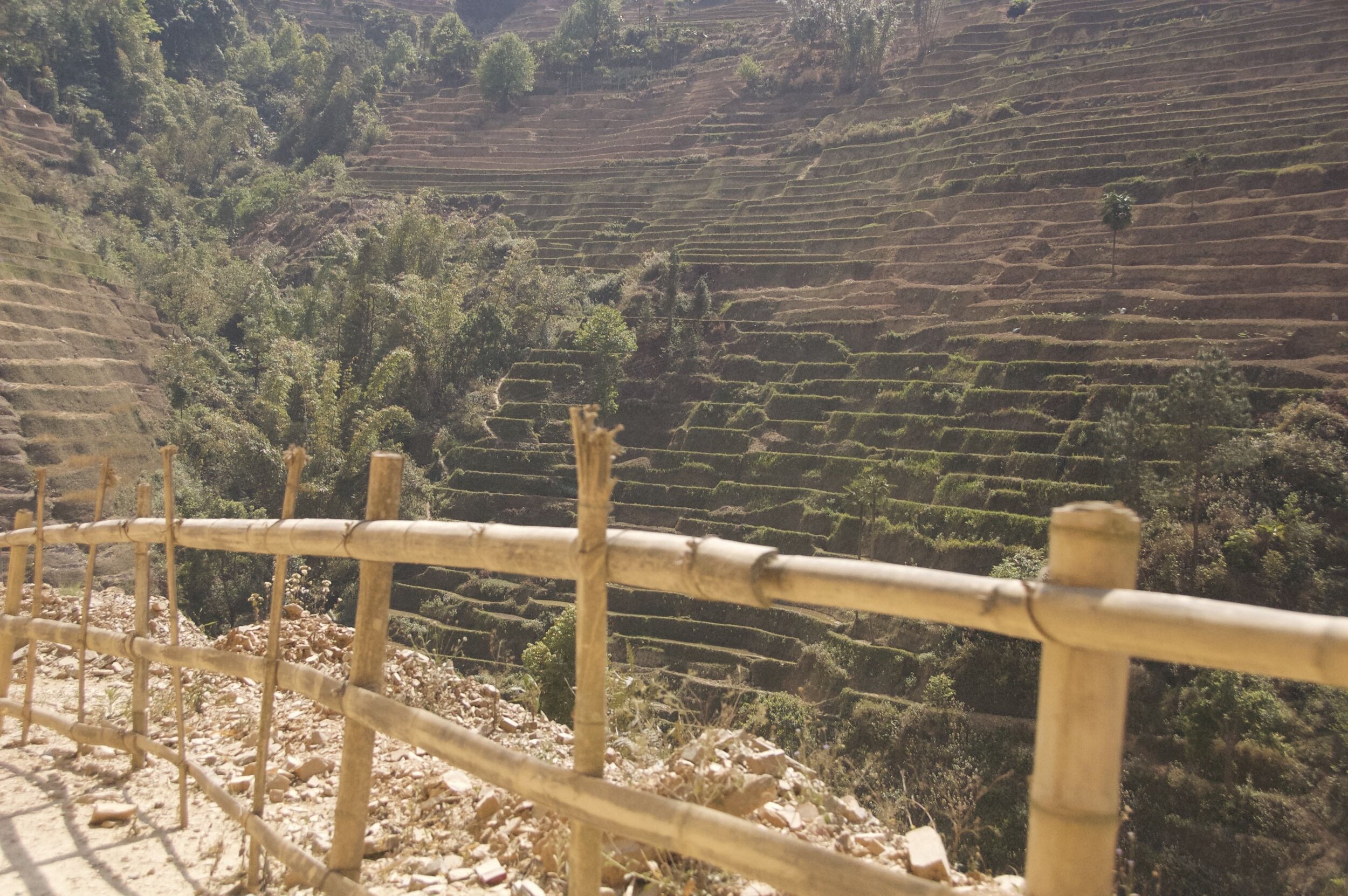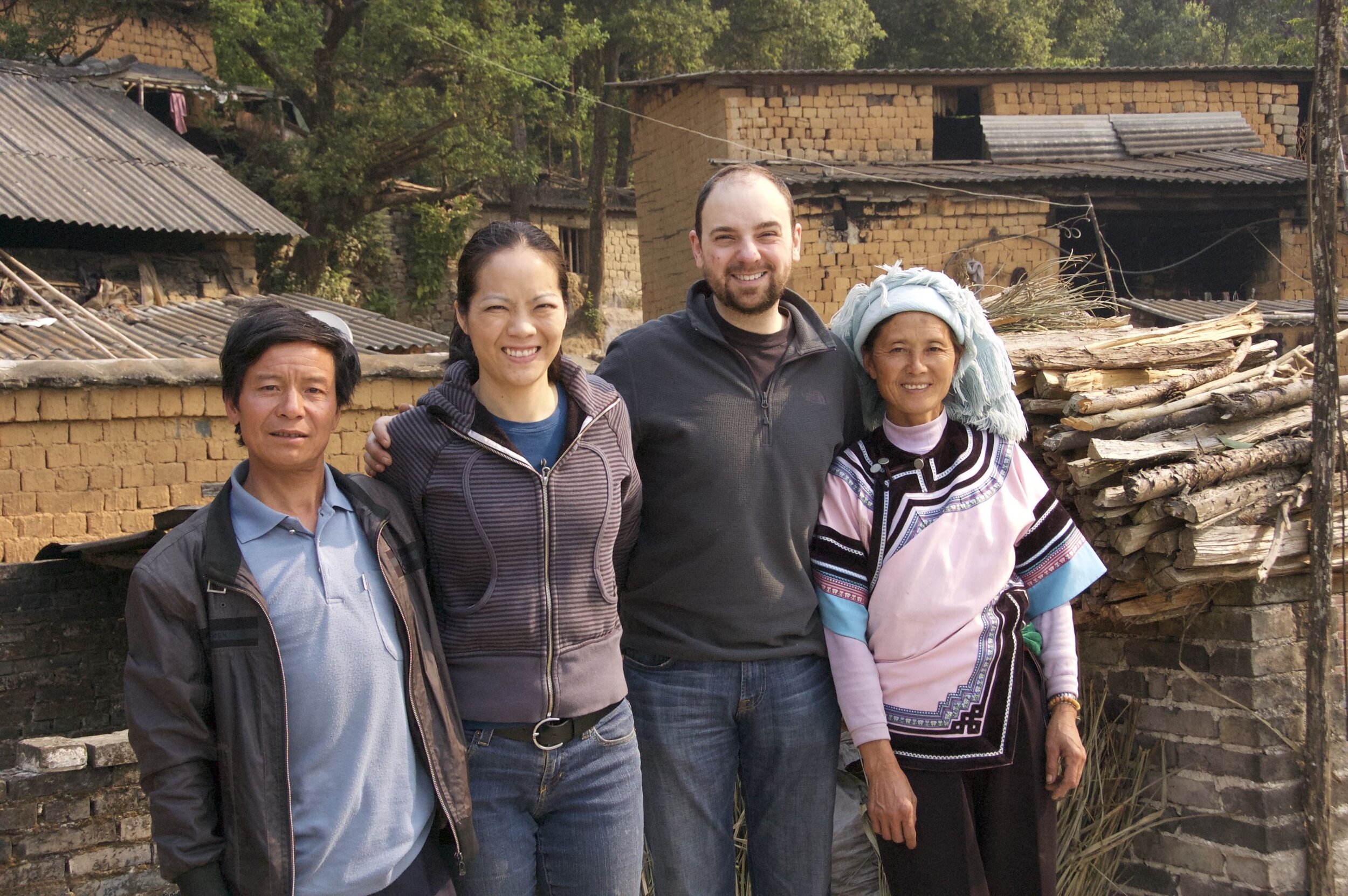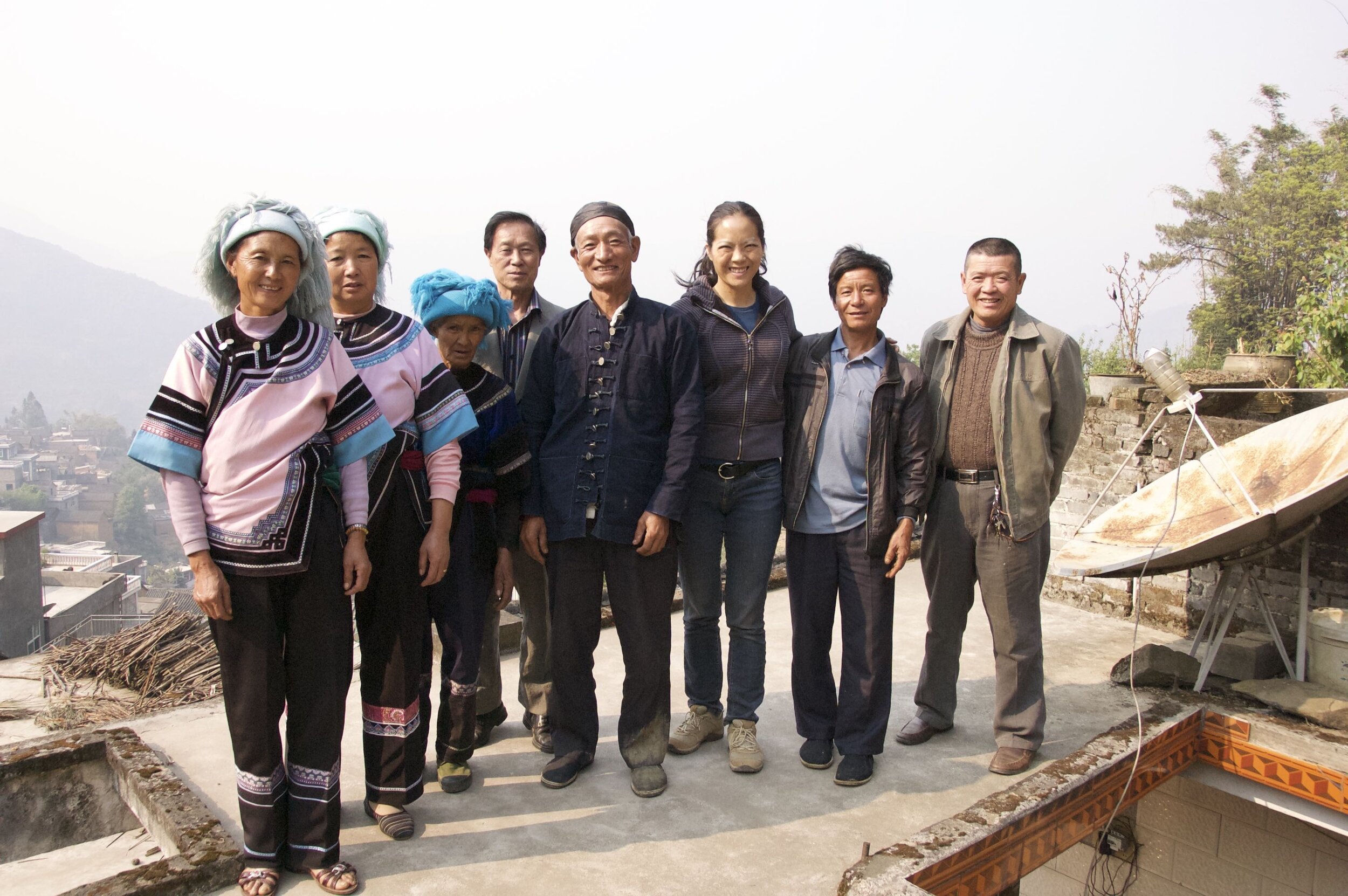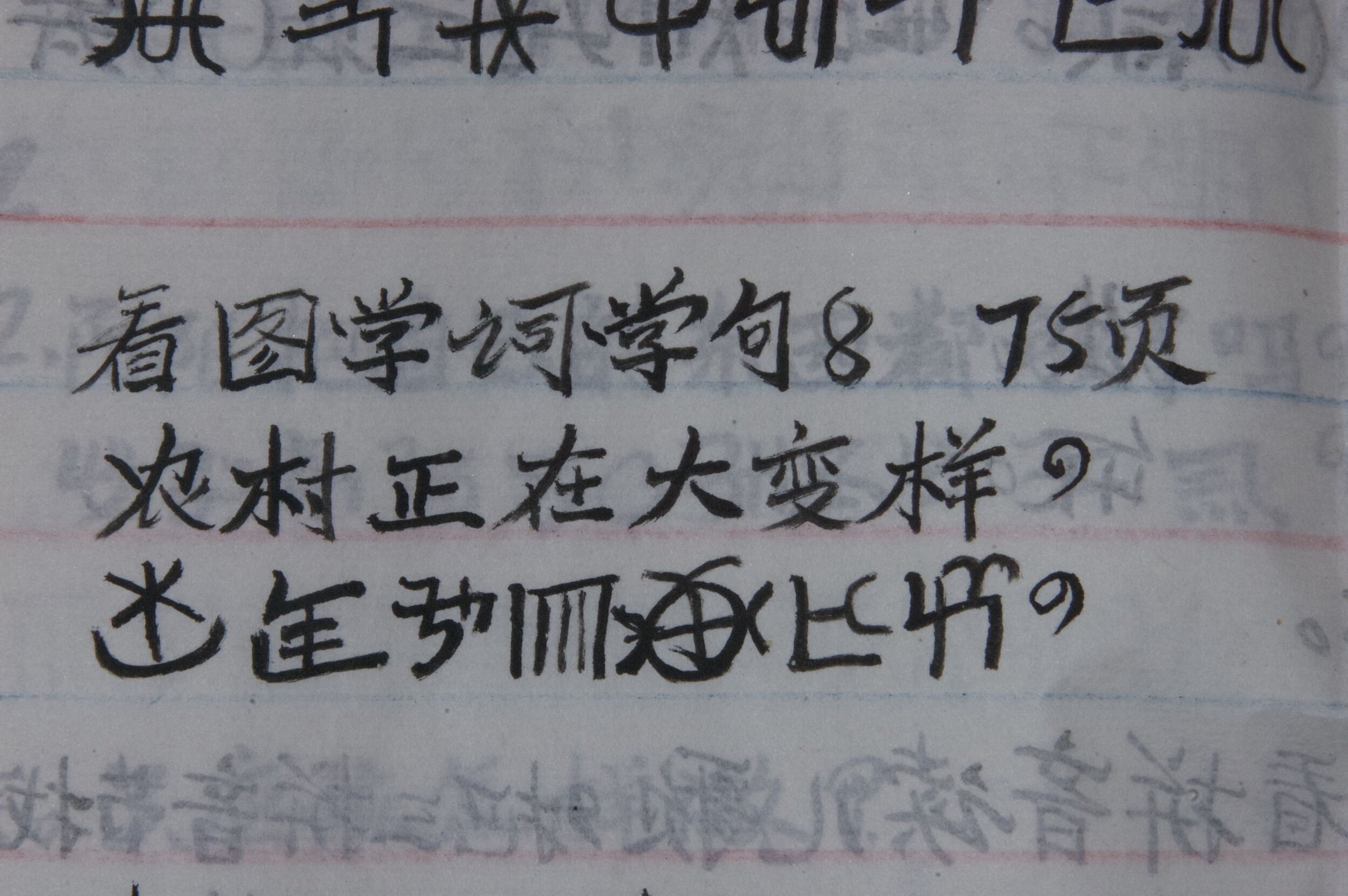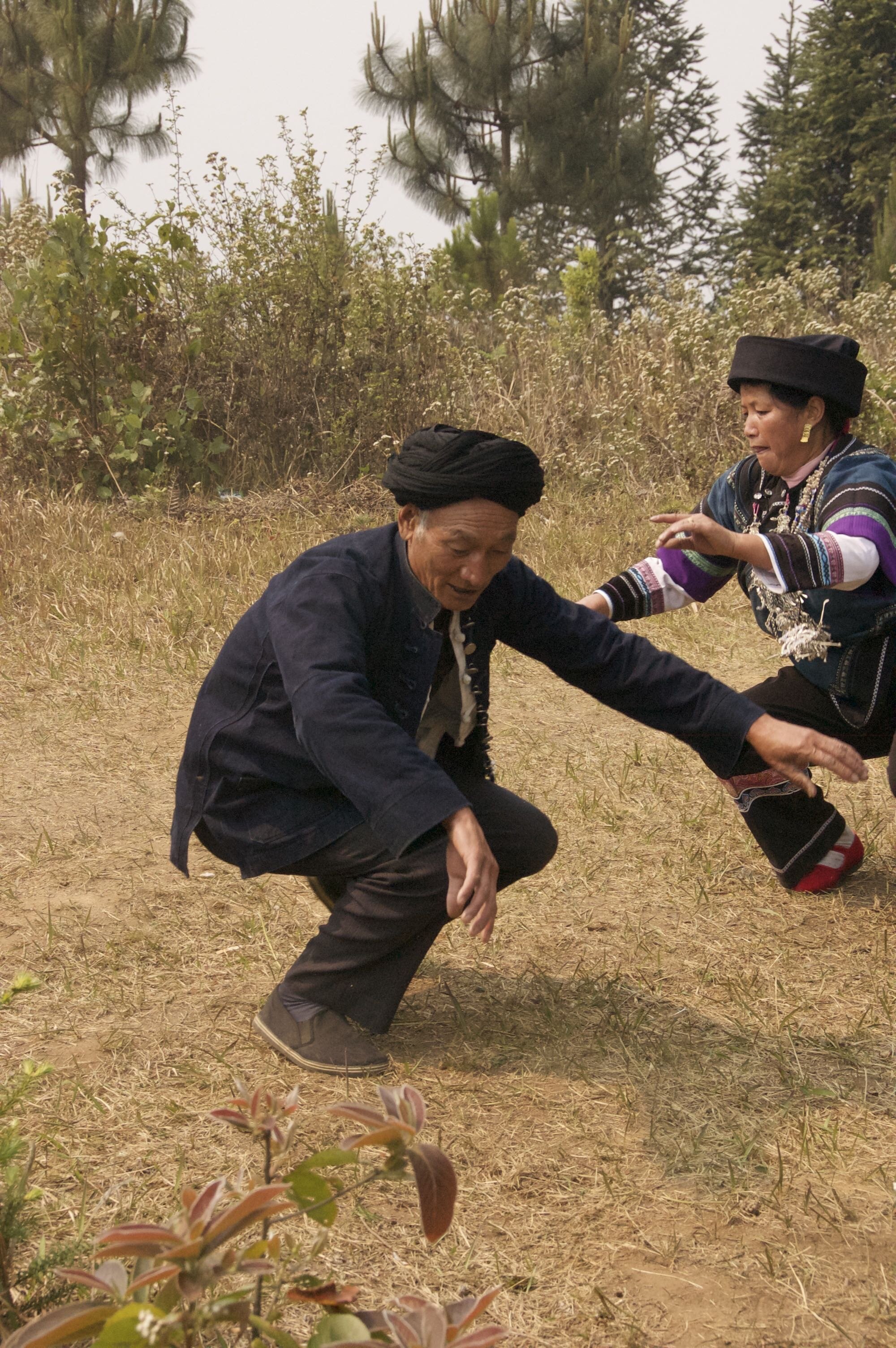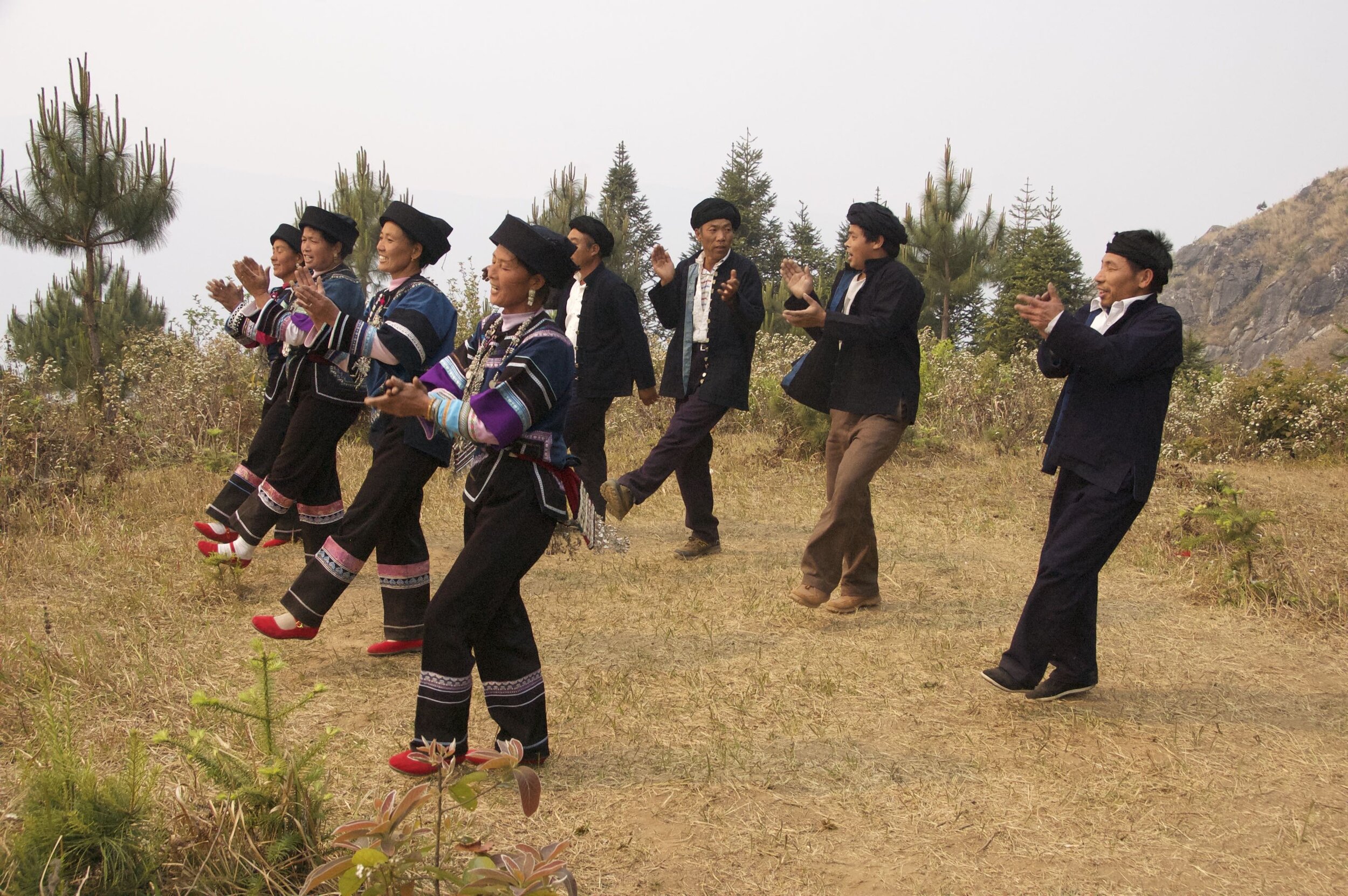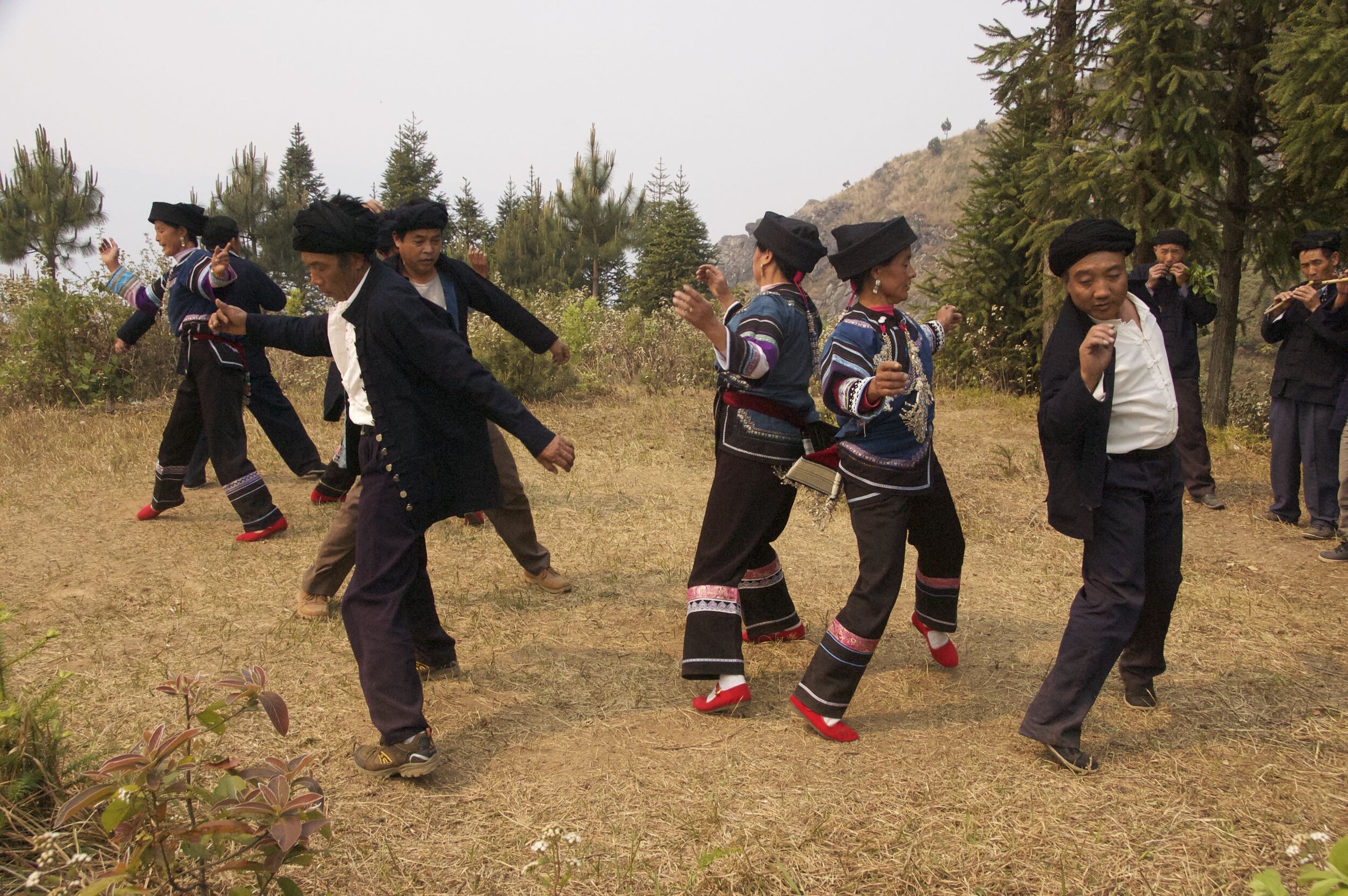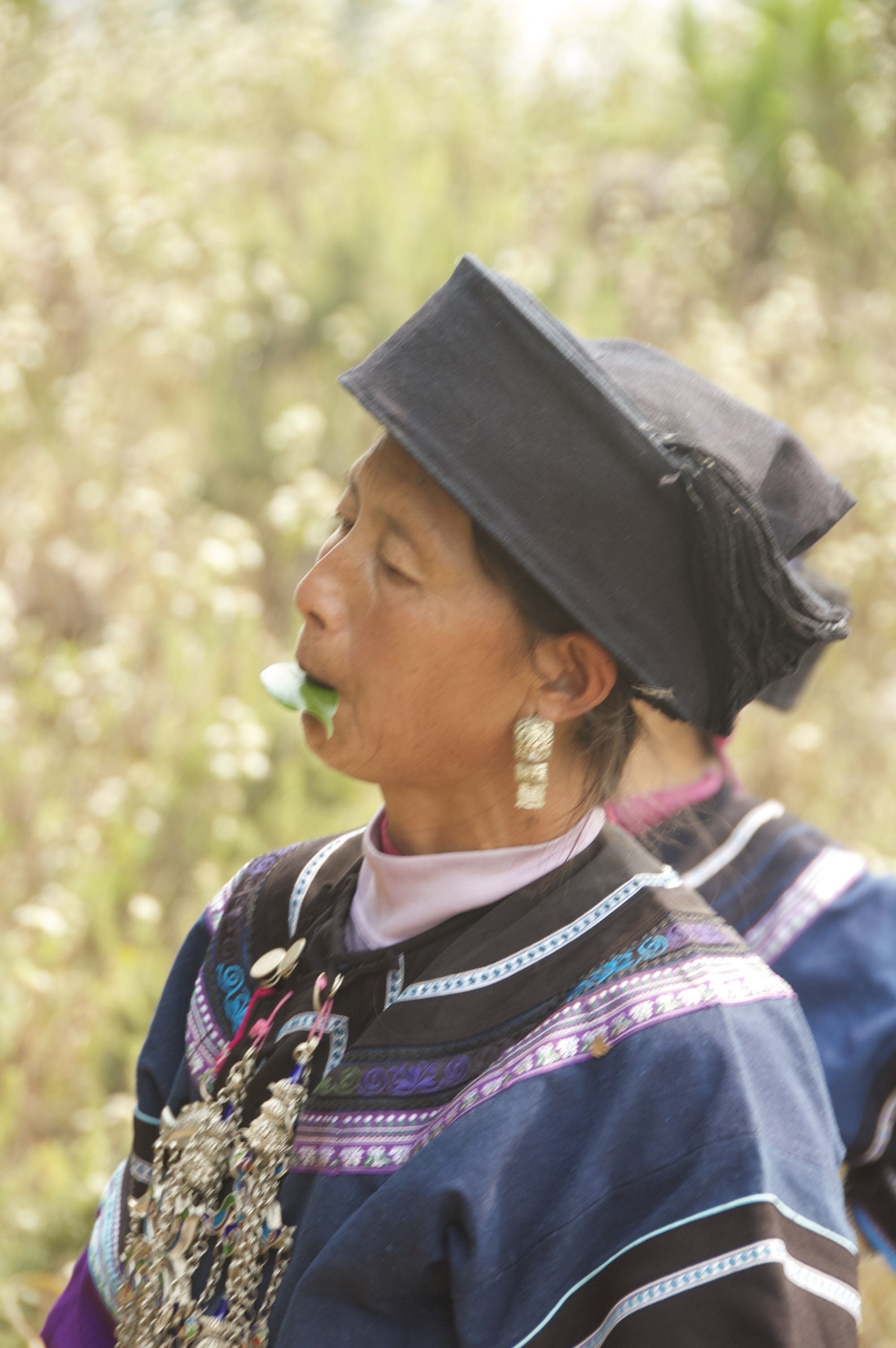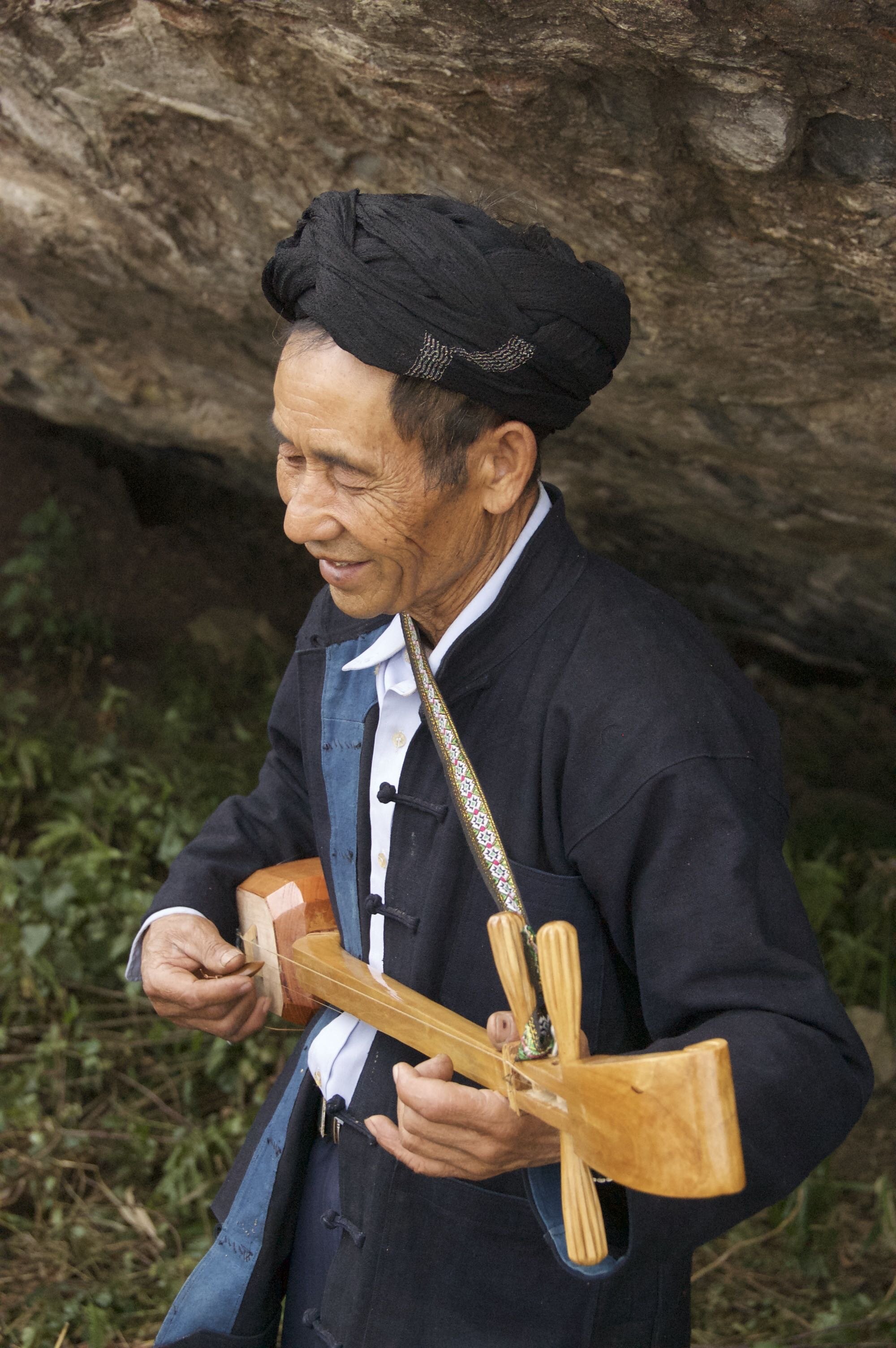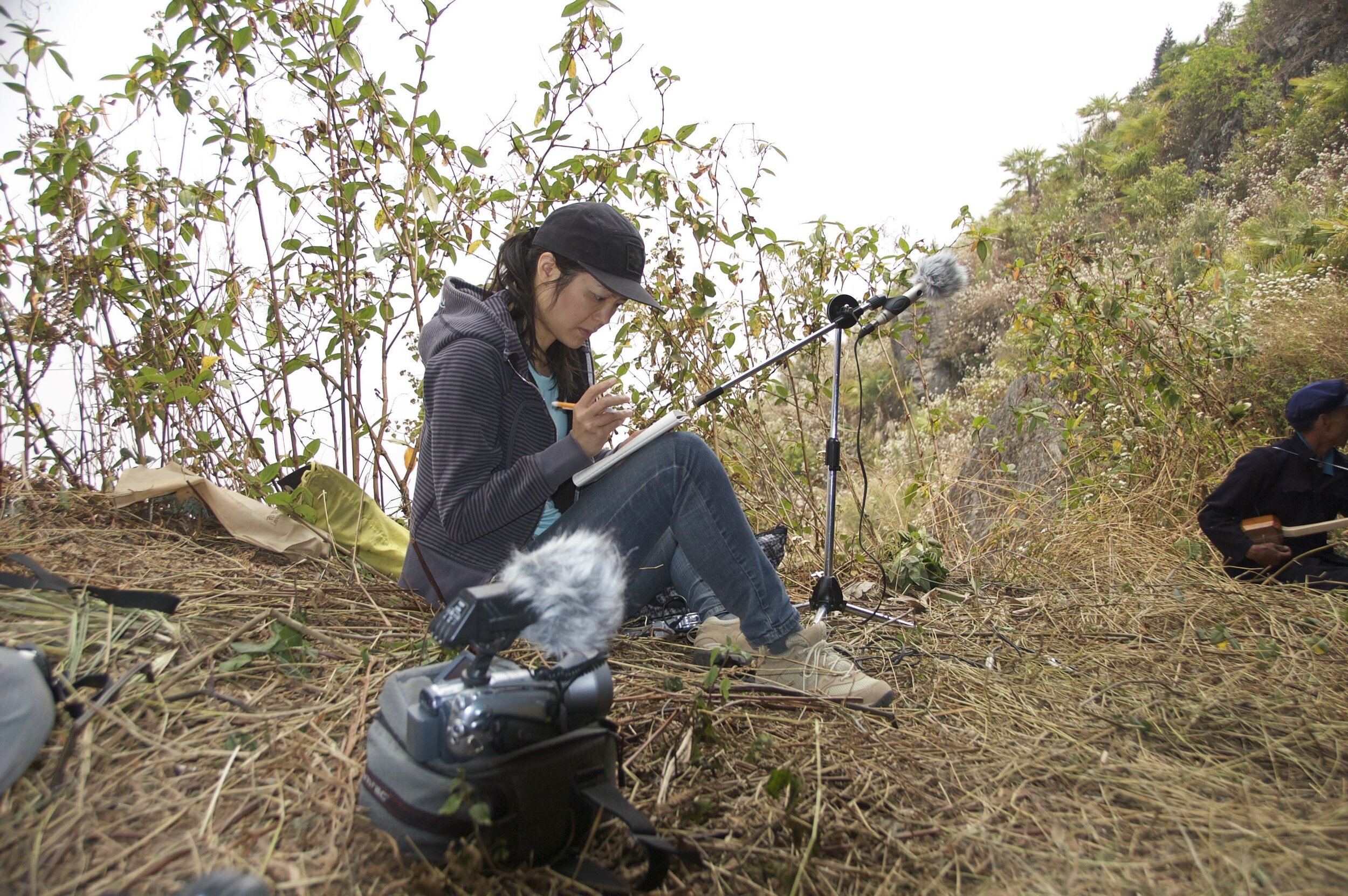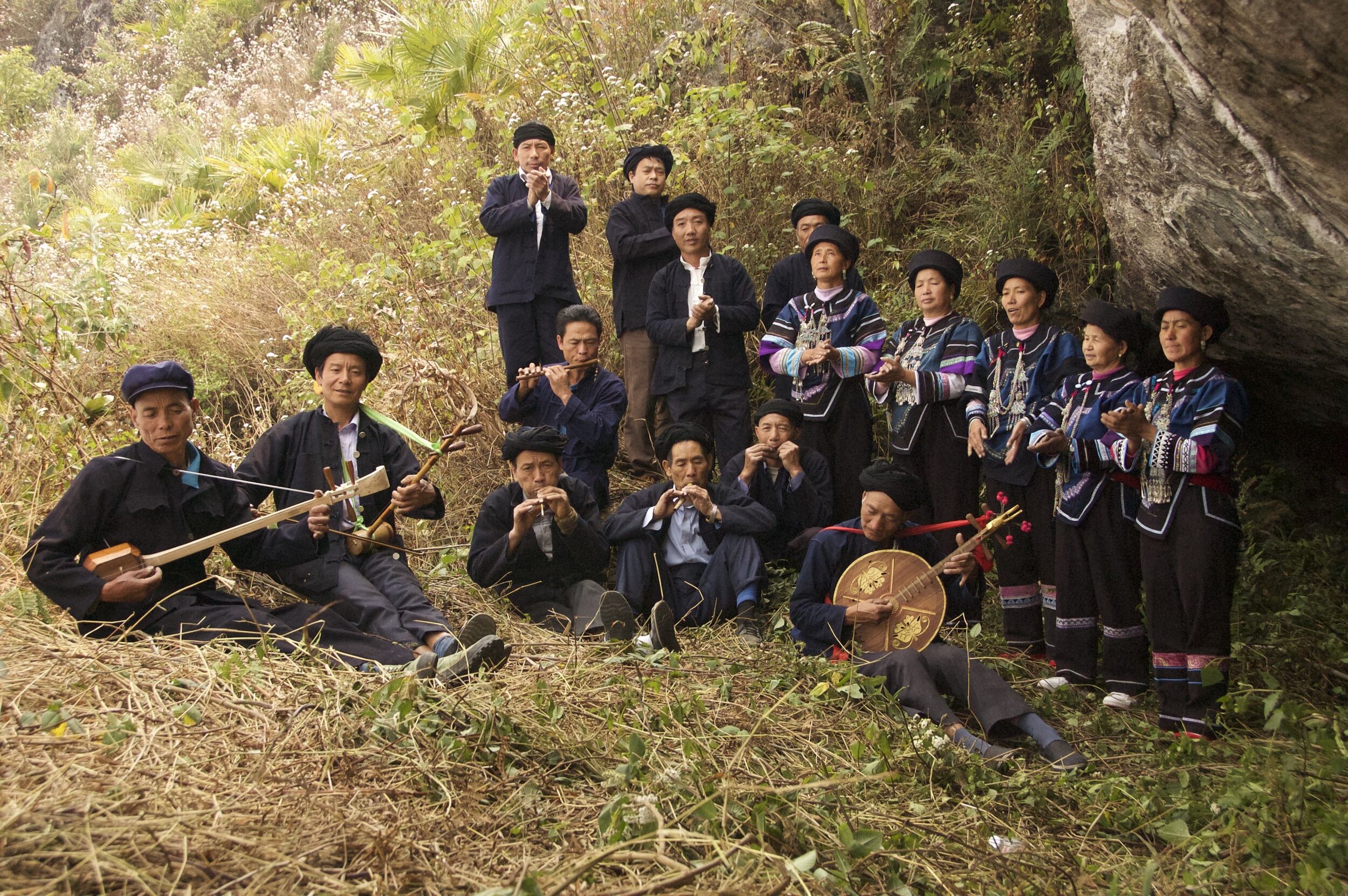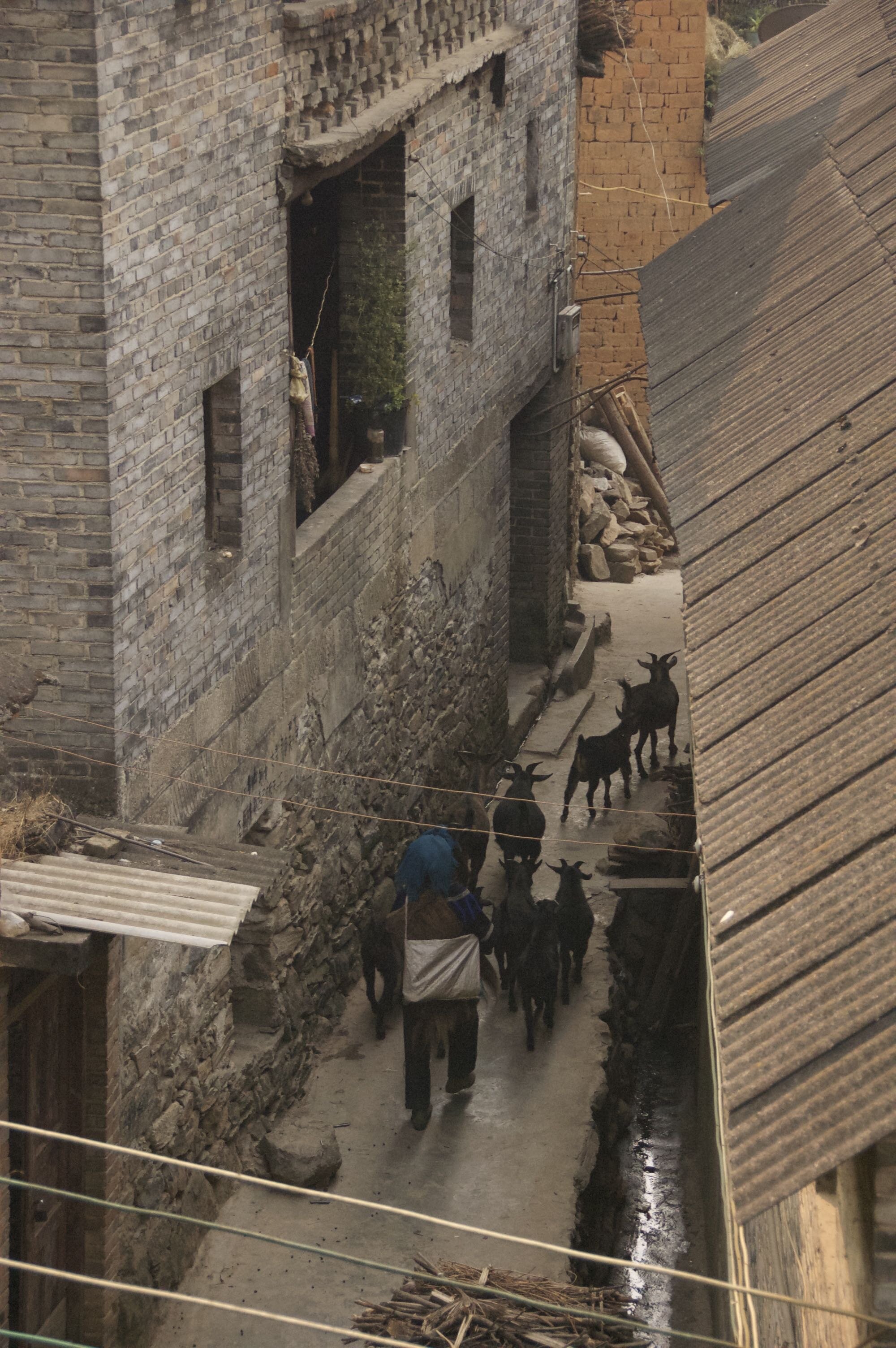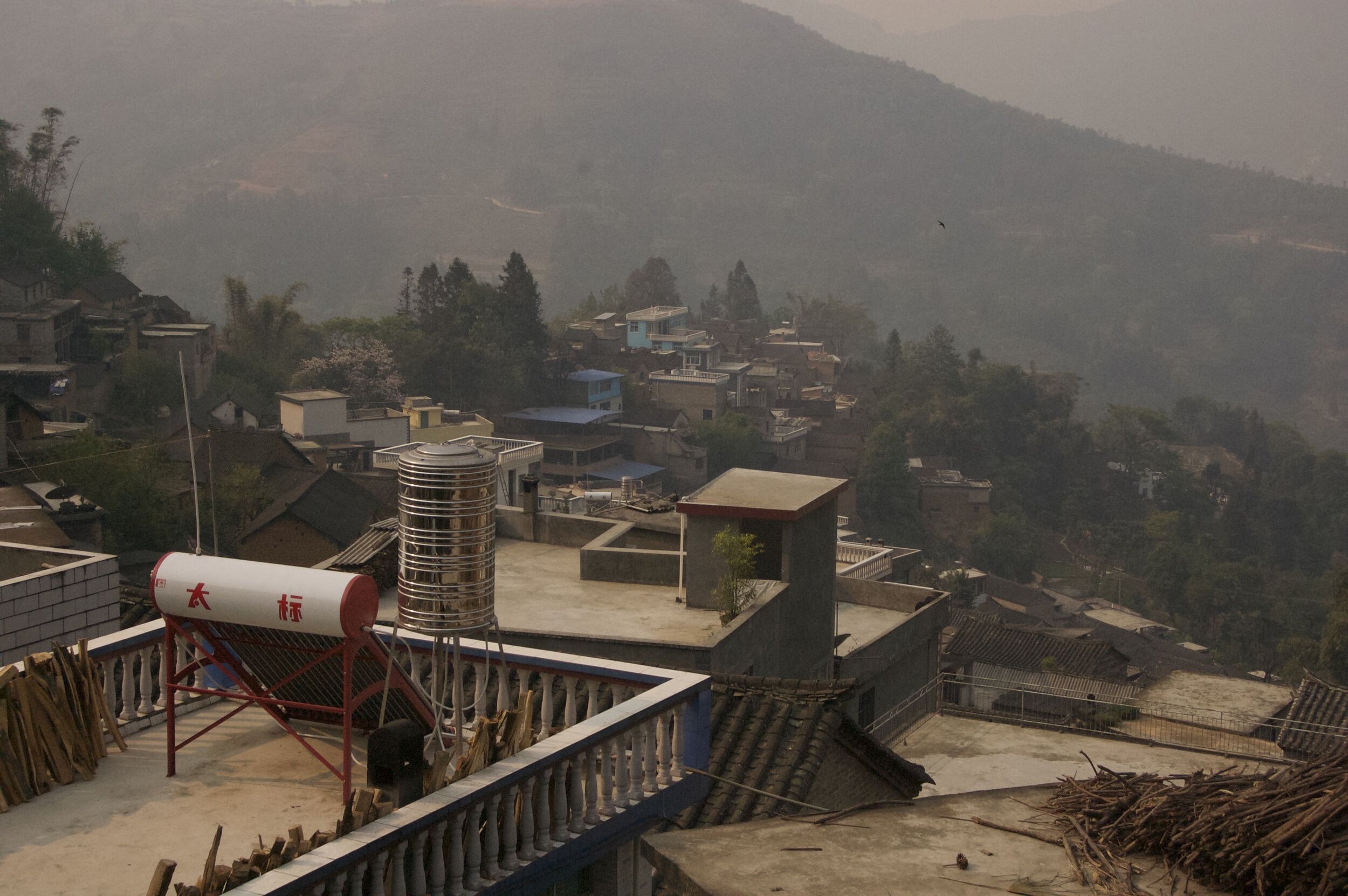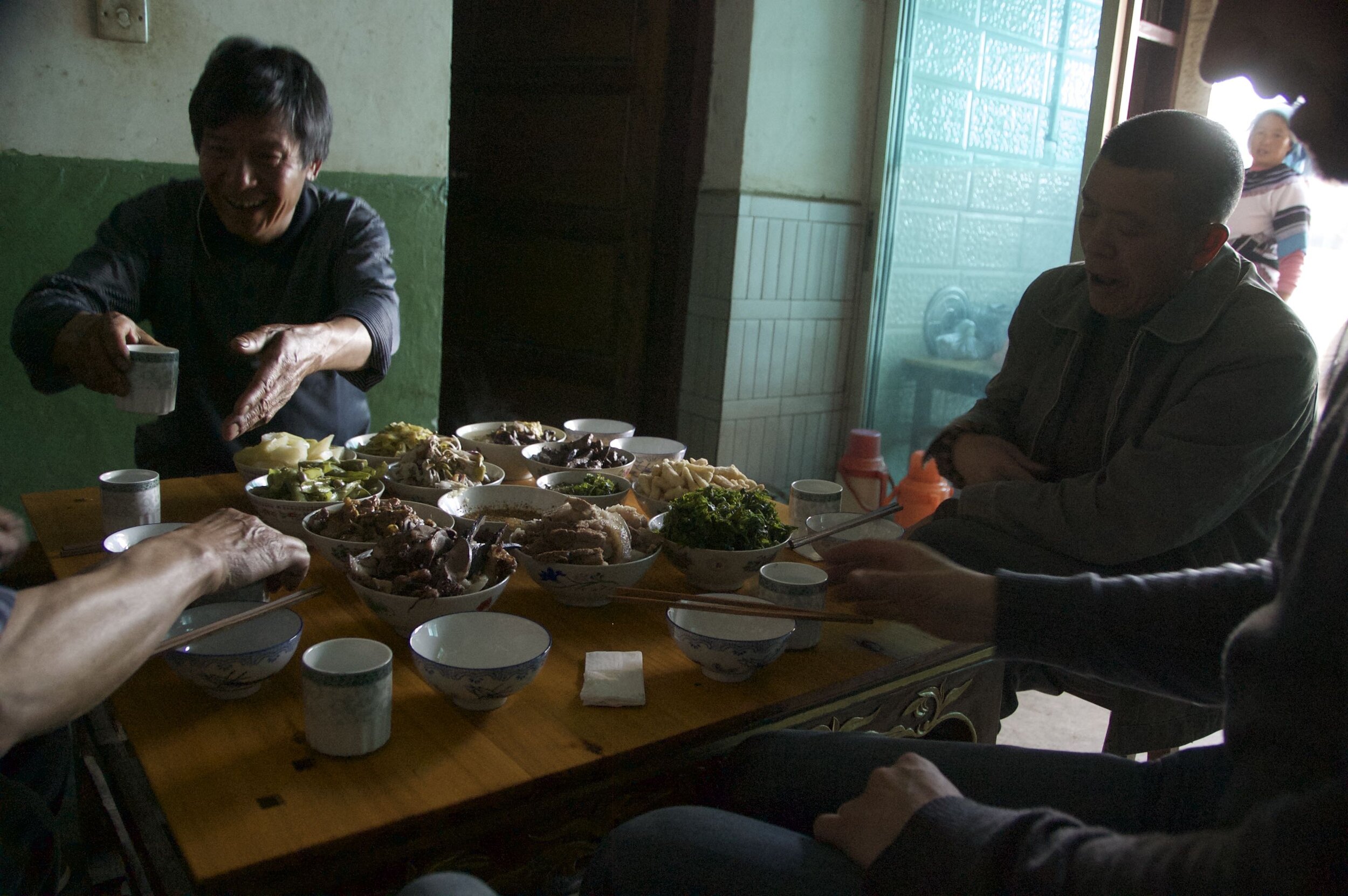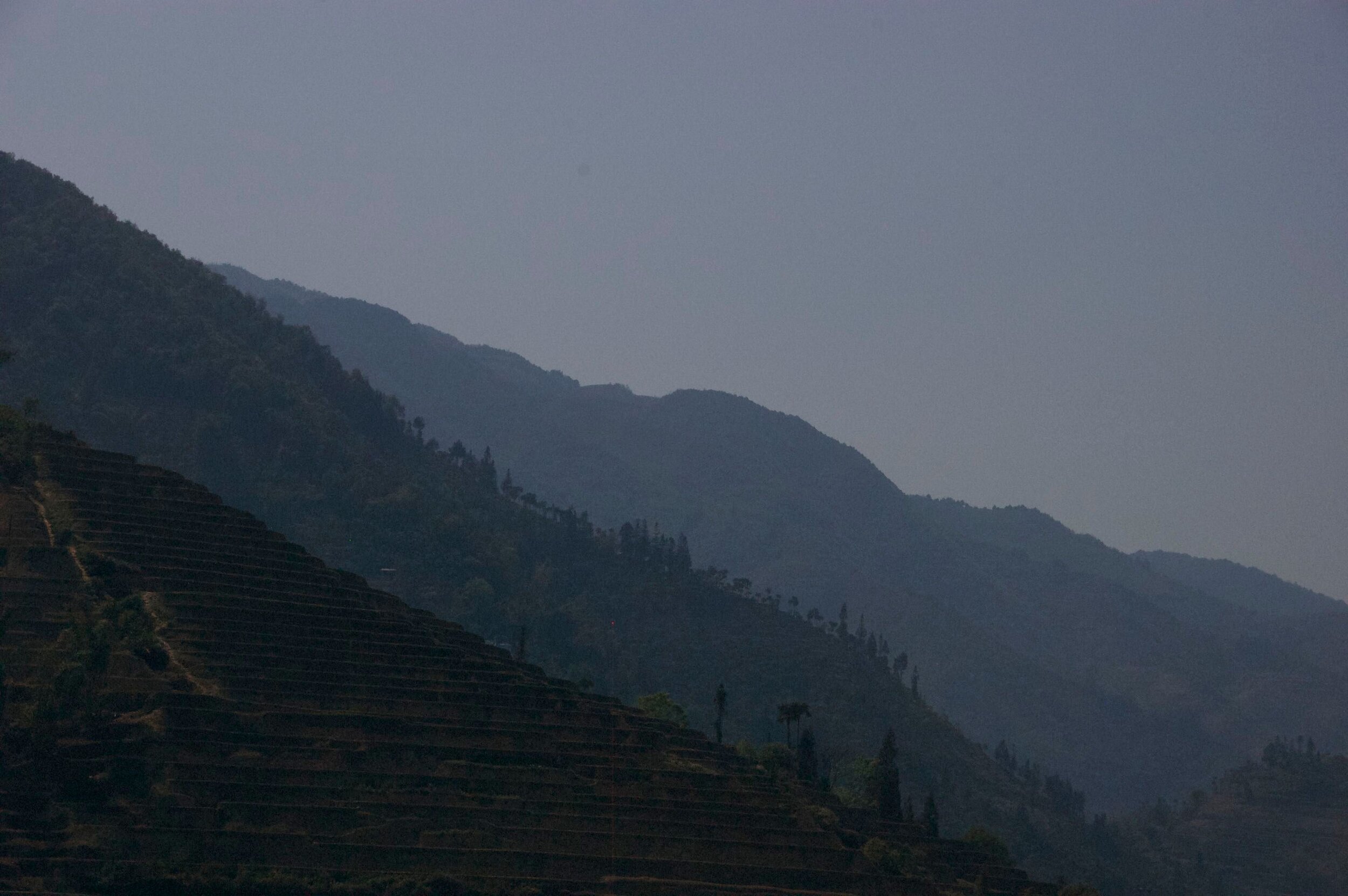Dieshi 垤施村
Introduction
The videos and pictures shown here are from the Dieshi village in the Honghe Prefecture, Yunnan.
Acknowledgement of the Yi and their significance in Chinese history has long been ignored due partly to the complexity of their culture. In fact, under the denomination of “yi”, there are several different branches. It is supposed that all they had a common origin, but some have been separate during more than 1.500 years, what has caused to have so many cultural, linguistic, religious and historical differences, as to make impossible their identification like an only ethnic entity: Yi.
Location Profile
The Yi people are located fundamentally in Yunnan, as well as in the south part of Sichuan and the west of Guizhou. They are concentrated in near twenty autonomous administrative entities. The population of the Yi was, according to the census of the year 2000, 7.762.000 people. Which is a slow and sustained growth, seeing that in 1990 they were 6.572.000 people and in 1982, 5.453.000.
Instrumental Music
The Yi play a number of traditional musical instruments, including large plucked and bowed string instruments, as well as wind instruments called bawu (巴乌) and mabu (马布). The kouxian, a small four-pronged instrument similar to the Jew’s harp, is another commonly found instrument among the Liangshan Yi. Kouxian songs are most often improvised and are supposed to reflect the mood of the player or the surrounding environment. Kouxian songs can also occasionally function in the aiqing form. Yi dance is perhaps the most commonly recognized form of musical performance, as it is often performed during publicly sponsored holidays and/or festival events. (source)


